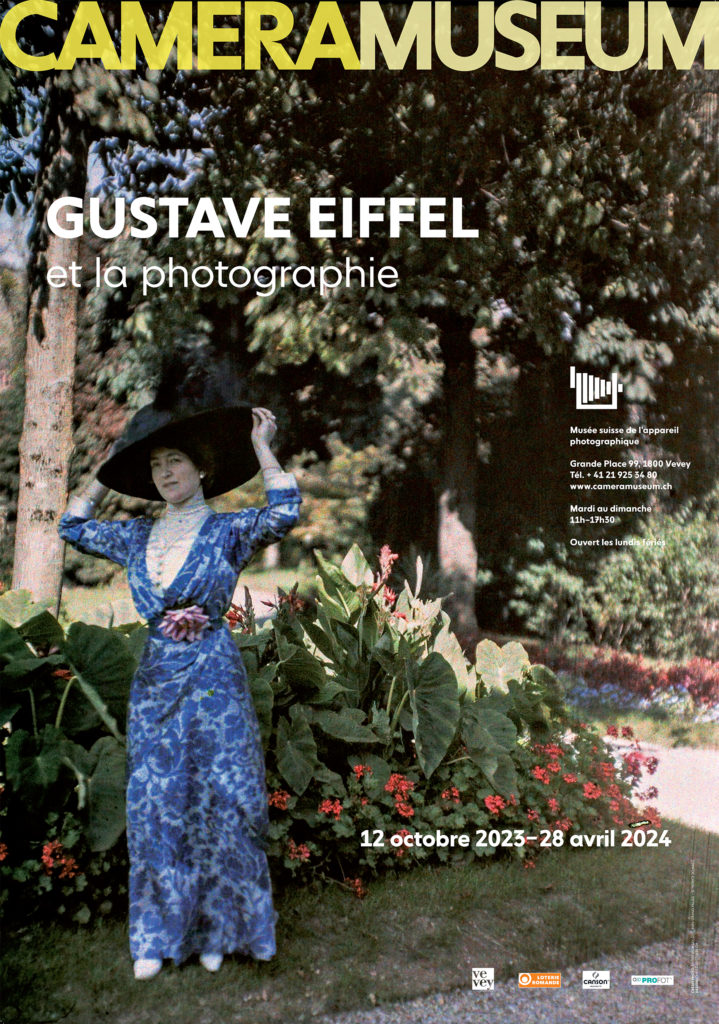Gustave Eiffel and photography
Gustave Eiffel and photography
Exhibition open from 12 October 2023 to 28 April 2024
To mark the centenary of the death of Gustave Eiffel (1832-1923), the museum is presenting a new exhibition of photographs taken in Vevey by the engineer who became universally known for his 300 metres tower. From 1892 onwards, Gustave Eiffel regularly spent his summers in a villa he had acquired at the western end of the town. With his family, he devoted himself to his passion for photography, taking, among other things, magnificent autochromes, the first industrial process for colour photography.
A scientist motivated by technical progress, Gustave Eiffel became interested in photography in the early 1880s, at a time when it was flourishing and widely regarded as a scientific practice. He used it for his private and professional communications, his experiments, his travels and, above all, his family life. A skilled practitioner with training as a chemist at the École Centrale de Paris, he prepared his own plates, shot his own images in the darkroom, recorded the technical details of his shots and tested the innovations of the day. He belonged to a club of amateur photographers in France and had taken shares in a photographic company owned by Léon Gaumont.
In addition to the autochromes, the exhibition features black-and-white images of Lake Geneva, the Fête des Vignerons, Gustave Eiffel’s steam yacht anchored in the harbour of his home in Vevey, and other subjects documented with a great sense of narrative. Gustave Eiffel himself appears in several of the photographs. Clearly, within the extended family, cameras were passed from hand to hand on the instructions of the pater familias. This practice makes it difficult to attribute the images with any certainty, and many of them are credited as “anonymous” or “Gustave Eiffel’s entourage”.
In parallel with the exhibition, the Musée historique de Vevey is presenting the results of its research into “Villa Claire”, Gustave Eiffel’s home in Vevey.
With the support of


